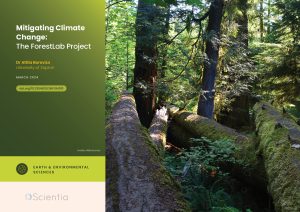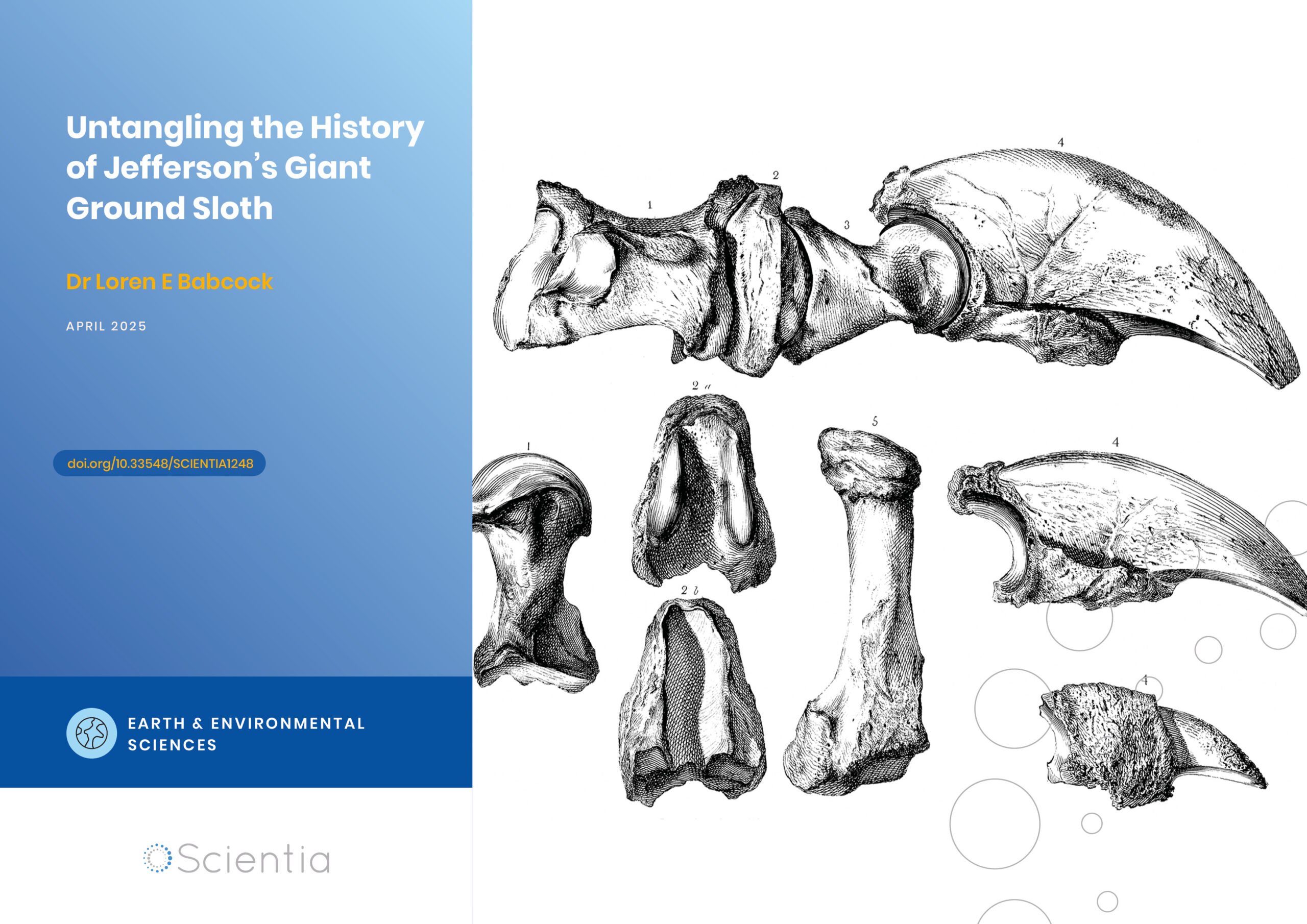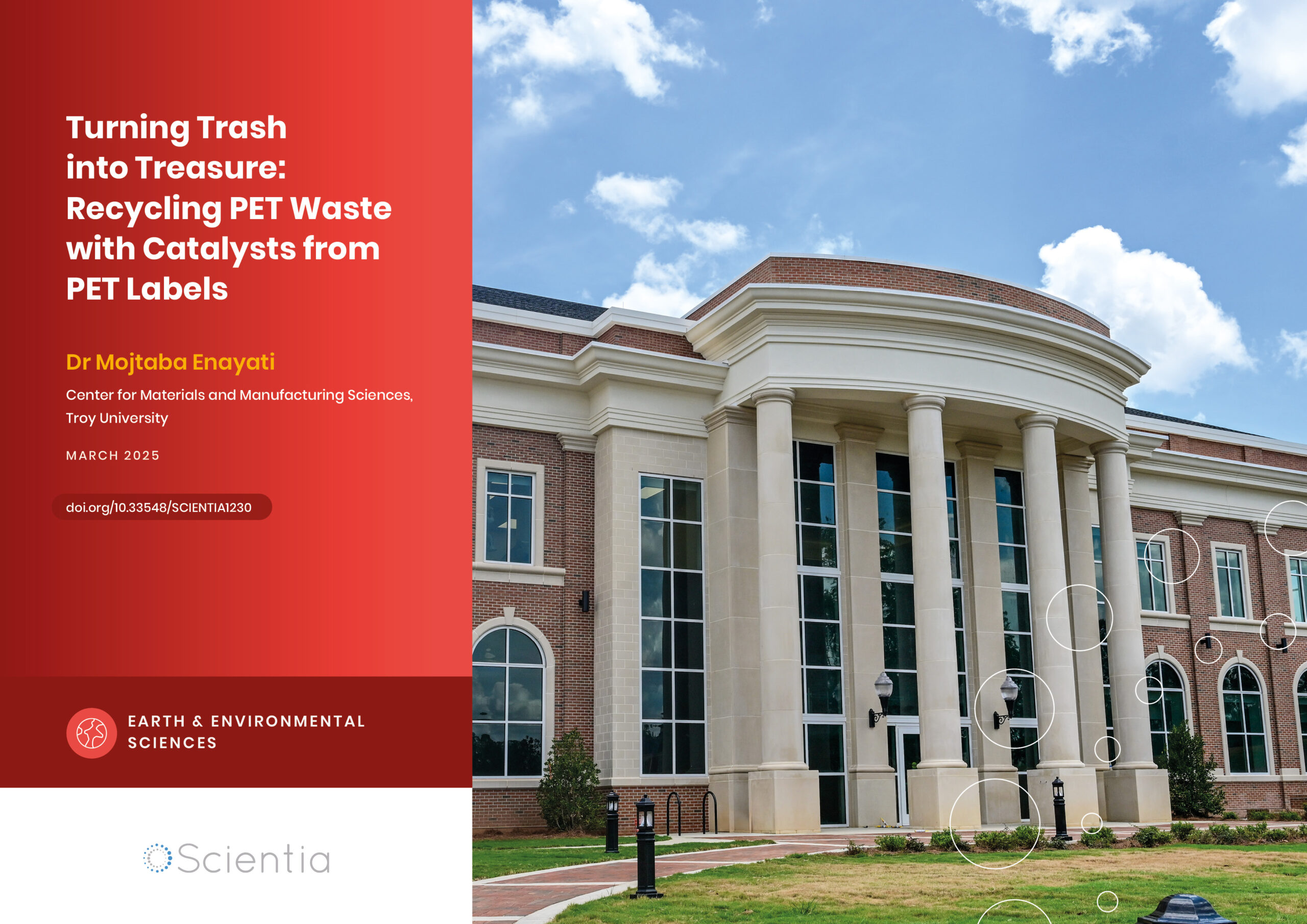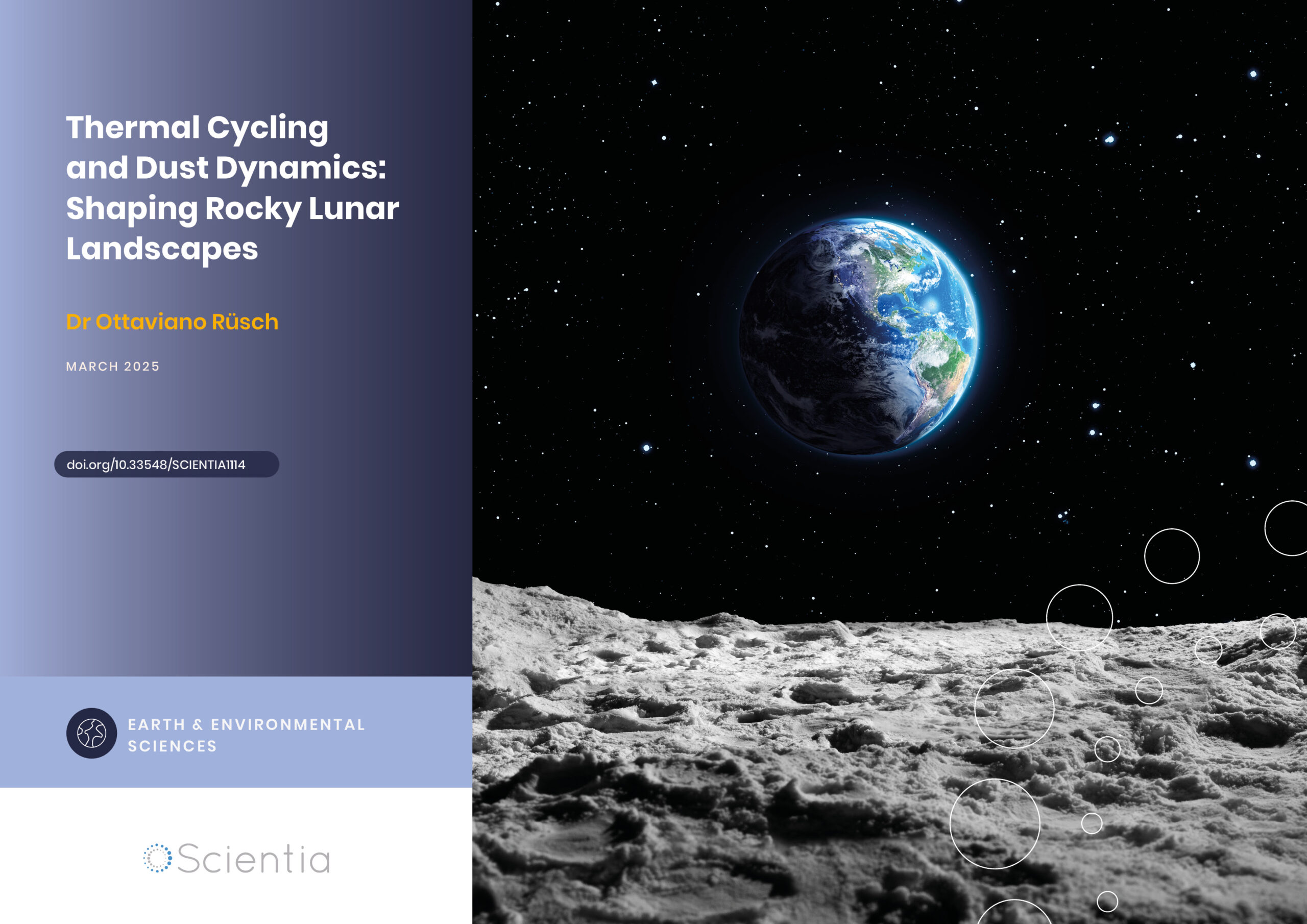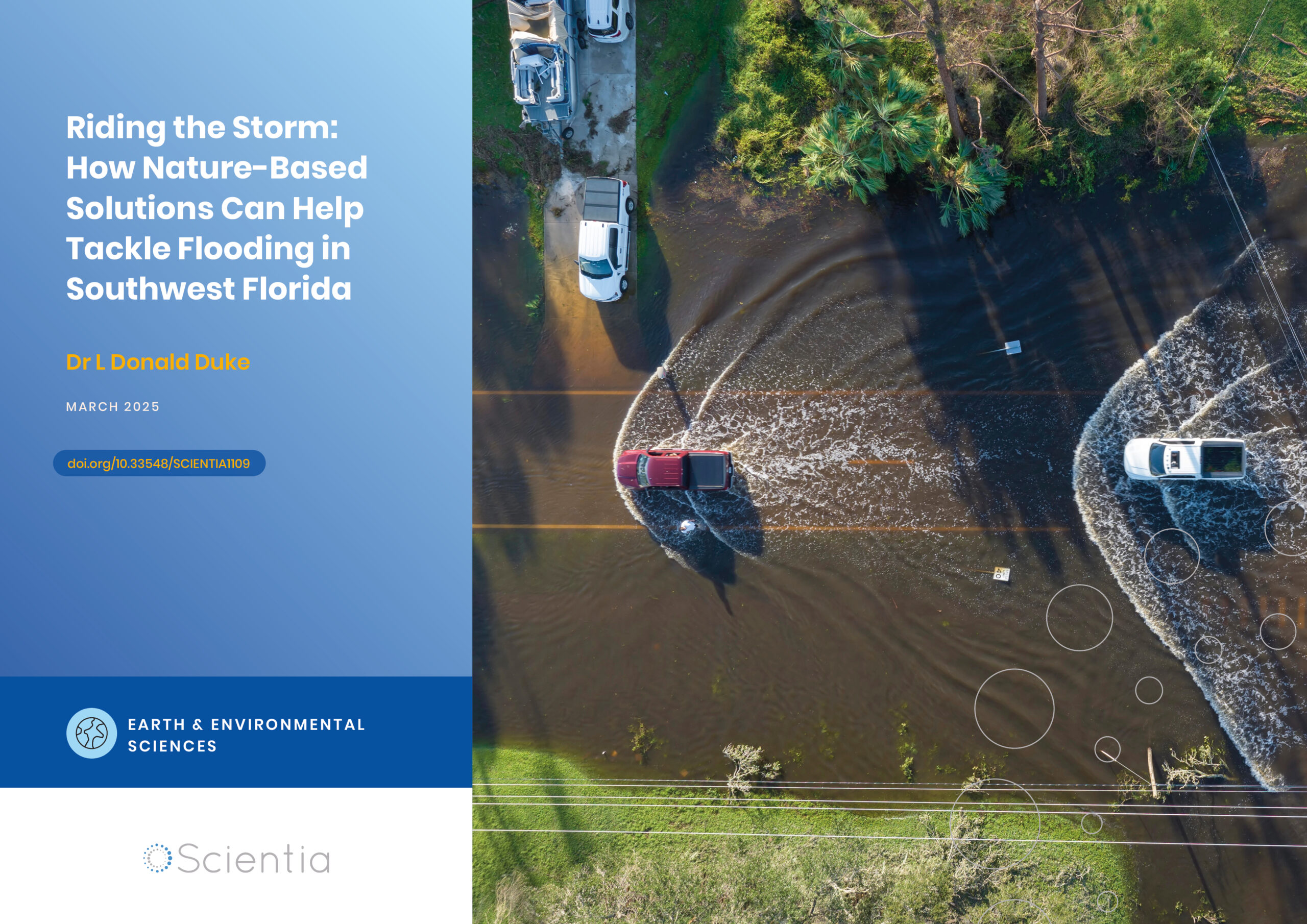Dr Attila Borovics | Mitigating Climate Change: The ForestLab Project
Our forests provide important recreational, social, ecological and economic functions. The ForestLab project, led by Dr Attila Borovics at the University of Sopron in Hungary, has been set up to simultaneously protect and utilise this precious resource. Their recent findings point to the importance of addressing ‘old wood’, that is, unused wood stock that currently exists in Hungarian forests and adopting technologies for forest management in the near future.
A Valuable Resource
Forests are one of the most valuable resources on Earth. While enjoyed by humans as recreational and social spaces, forests provide critical habitats for a diverse range of species – from squirrels to grasses to soil microorganisms. The interactions among all these different species are known as forest ecosystems. An important example is carbon sequestration, in which atmospheric carbon dioxide (CO2) is captured, stored, and exchanged for oxygen. As such, forests are one of the most effective forms of natural carbon sequestration. From an economic perspective, forests provide wood as raw material for wood products – which means cutting down trees and providing opportunities for forest regeneration and tree species replacements, which are particularly relevant in Hungary in light of the ongoing climate change.
Sustainable Forest Management
Modern forestry embraces the importance of carefully balancing social, ecological, and economic outputs. This is particularly relevant to Hungary, where forests cover more than 20% of the country. Researchers working on the ForestLab project, led by Dr Attila Borovics at the University of Sopron, are dedicated to identifying the optimal balance between carbon sequestration in the forest ecosystem, carbon storage in wood products, and the replacement of carbon-intensive materials and fossil fuels with timber as a climate-friendly resource. Dr Borovics and his team explain that we need to assess the amount of wood that can be harvested – without compromising sustainability.
Due to climate change, new and effective approaches to sustainable forest management are particularly urgent. The stability of European forest ecosystems is at risk from damage inflicted by climate change, including the emergence of less than favourable conditions for forests. At the same time, at a policy level, international agreements require countries to monitor and report on forest carbon stock change. The Paris Agreement and the European Green Deal both reflect the key expectation that forests will play an important role in mitigating climate change.
Timber is a climate-friendly resource that plays a key role in the ‘circular bioeconomy’, which tackles climate change and biodiversity loss in tandem with addressing important social and economic needs. The European Forest Institute argues that to maximise the potential of forest-based mitigation, different activities should be combined, taking into account co-benefits and trade-offs. A good way of implementing this would be through the separation of forests, in which forests with a high conservation value continue to protect biodiversity, provide ecosystem services, and mitigate climate change. In contrast, other forests would be better used to ensure wood product carbon storage.
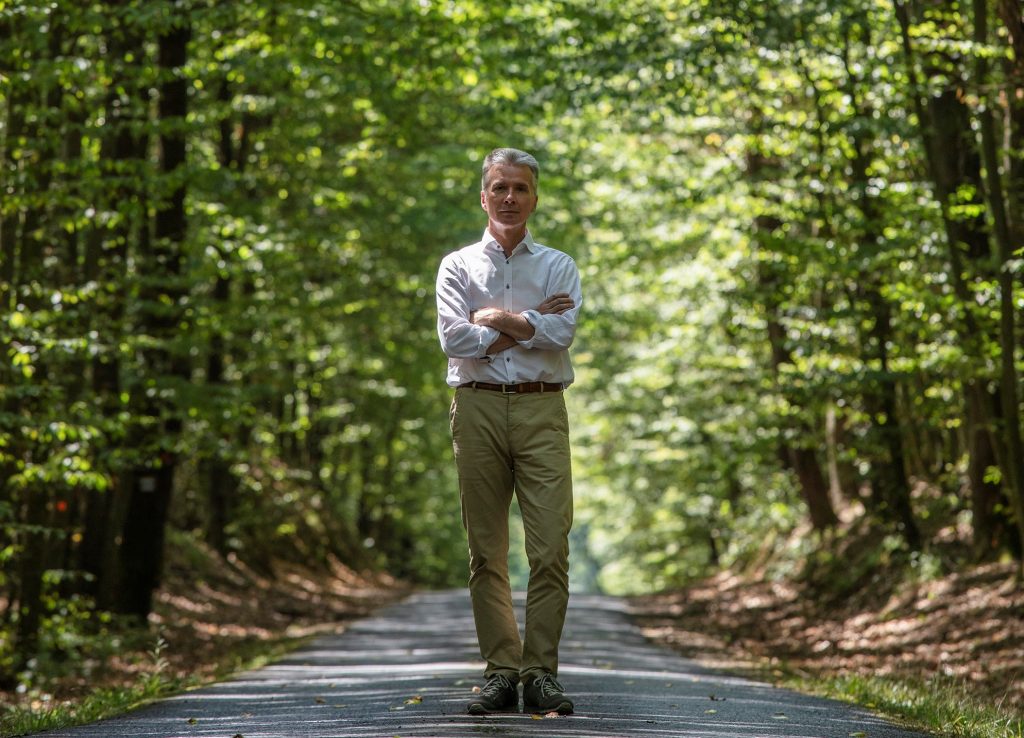
Credits: Attila Borovics
Cutting Age Prescriptions and (Over) Maturity
We need to be able to assess the amount of timber that can be harvested without compromising sustainability concerns. To do this, Dr Borovics and his team used Hungary’s official national forestry database, which uses detailed maps and data on the different species of trees and their age. The researchers were particularly interested in ‘cutting age prescriptions’, specified by the forest authority in forest management plans as the age limit above which harvesting is permitted. Stands (communities) of trees were defined
as ‘overmature’ if they were older than the prescribed
cutting age.
First, Dr Borovics and the team examined the amount of wood stock available in overmature tree stands that could be available for harvest. Second, they sought to forecast the maximum amount of timber that could be available for harvest up to 2100.
Key Findings and Implications
More than 45.62 million cubed metres (11.5%) of the ever-increasing stock of Hungarian forests were identified as being overmature. This figure reflects the fact that much of the private forest area is currently unmanaged. In addition, Dr Borovics and his team noted that the wood stock of overmature stands has increased by more than 250% in the last 40 years. This represents a significant surplus of timber ripe for use being stored in overmature stands.
The researchers explain, ‘The importance of this unused wood stock reserve is enormous, as it is a basis for meeting the growing timber demand in a sustainable way.’ According to their yield projection model, even without new efforts to grow and facilitate forests, more timber will become available for harvest annually in the 2024–2100 period than the average harvests of the last five years. By 2050, an additional 4,059 thousand cubed metres of timber is projected to become available for harvest annually.

Critical Challenges for the Hungarian Forest Industry
Dr Borovics and his team propose that the mobilisation of the large volumes of unused wood stock reserves and the utilisation of the additional harvest potentials will be among the most important challenges of the Hungarian forest industry in the upcoming decades.
In practical terms, the researchers further suggest that maximum harvesting potential could be unleashed through professional integration and technical assistance that could potentially be provided to forest managers and wood industry enterprises based on geographic information systems. Indeed, geographically explicit information on the amount and value of wood stocks available for harvest could form the basis of a new type of entrepreneurial culture and new ways of providing forest-related services.
SHARE
DOWNLOAD E-BOOK
REFERENCE
https://doi.org/10.33548/SCIENTIA1010
MEET THE RESEARCHER

Dr Attila Borovics,
Director general,
Forest Research Institute,
University of Sopron,
Hungary
Dr Attila Borovics is an expert in plant genetics, agroforestry, and climate change mitigation and adaptation in the forestry sector. He obtained a PhD in Forest Science in 2001 from the University of Sopron, Hungary. He has been working as a researcher in the Forest Research Institute of the University of Sopron since 1994. He has been director general of the Forest Research Institute for 15 years. He is currently the leader of the ForestLab project, an ambitious climate change mitigation project realised by the University of Sopron through the collaboration of several forest industry-related disciplines. The overarching goal of his work is to increase the contribution of the forestry sector in the fight against climate change, and to find the optimal climate change mitigation pathway for the Hungarian forest industry.
CONTACT
ResearchGate: www.researchgate.net/profile/A-Borovics
KEY COLLABORATORS
Péter Kottek, PhD, Forestry Department, National Land Centre
Tamás Mert, PhD, Forest Research Institute, University of Sopron
Éva Király, Forest Research Institute, University of Sopron
FUNDING
This article was made in the frame of the project TKP2021-NKTA-43, which has been implemented with the support provided by the Ministry of Culture and Innovation of Hungary from the National Research, Development and Innovation Fund, financed under the TKP2021-NKTA funding scheme.
FURTHER READING
A Borovics, T Mertl, É Király, P Kottek, Estimation of the Overmature Wood Stock and the Projection of the Maximum Wood Mobilization Potential up to 2100 in Hungary, Forests, 2023; 14(8), 1516. DOI: https://doi.org/10.3390/f14081516
P Kottek, É Király, T Mertl, A Borovics, Trends of Forest Harvesting Ages by Ownership and Function and the Effects of the Recent Changes of the Forest Law in Hungary, Forests, 2023; 14(4), 679. DOI: https://doi.org/10.3390/f14040679
É Király, G Kis-Kovács, Z Börcsök, et al., Modelling Carbon Storage Dynamics of Wood Products with the HWP-RIAL Model—Projection of Particleboard End-of-Life Emissions under Different Climate Mitigation Measures, Sustainability, 2023, 15(7), 6322.DOI: https://doi.org/10.3390/su15076322

REPUBLISH OUR ARTICLES
We encourage all formats of sharing and republishing of our articles. Whether you want to host on your website, publication or blog, we welcome this. Find out more
Creative Commons Licence (CC BY 4.0)
This work is licensed under a Creative Commons Attribution 4.0 International License. 
What does this mean?
Share: You can copy and redistribute the material in any medium or format
Adapt: You can change, and build upon the material for any purpose, even commercially.
Credit: You must give appropriate credit, provide a link to the license, and indicate if changes were made.
SUBSCRIBE NOW
Follow Us
MORE ARTICLES YOU MAY LIKE
Dr Loren Babcock | Untangling the History of Jefferson’s Giant Ground Sloth
In the spring of 1796, workers mining saltpetre in a western Virginia cave unearthed several unusual bones. This would launch the scientific study of extinct animals in North America and connect one of America’s founding fathers to the early development of palaeontology. Some of these mysterious bones eventually made their way to future US President Thomas Jefferson at his Monticello estate. Dr Loren Babcock from The Ohio State University’s School of Earth Sciences has conducted an extensive review of the complex naming history of this iconic extinct animal. His research untangles over 200 years of inconsistent scientific terminology and establishes the definitive nomenclatural history of what would become known as Megalonyx jeffersonii.
Dr Mojtaba Enayati | Turning Trash into Treasure: Recycling PET Waste with Catalysts from PET Labels
Plastic pollution has become a critical environmental problem, with polyethylene terephthalate (PET) plastic widely used in food and beverage packaging being a major contributor. Dr Mojtaba Enayati from Troy University’s Center for Materials and Manufacturing Sciences (CMMS) is leading innovative research aimed at utilising the labels from PET water bottles as an environmentally friendly and cost-effective catalyst for chemically recycling PET waste into valuable monomers and other value-added materials. This innovative work provides an elegant solution for recycling PET by sourcing key components from the PET bottles themselves.
Dr Ottaviano Rüsch | Thermal Cycling and Dust Dynamics: Shaping Rocky Lunar Landscapes
The Moon’s airless surface is constantly bombarded by micrometeoroids, cosmic rays, and extreme temperature swings. These harsh conditions gradually break down rocks and create the fine-grained lunar soil known as regolith. Dr Markus Patzek and Dr Ottaviano Rüsch at the University of Münster are leading a team of researchers (known as the Precious Space Team) who are uncovering new details about how different types of lunar rocks respond to thermal stress and how dust behaves on boulder surfaces. Their work sheds light on the complex processes that shape airless planetary bodies over time.
Dr L Donald Duke | Riding the Storm: How Nature-Based Solutions Can Help Tackle Flooding in Southwest Florida
Florida grapples with mounting challenges related to inland flooding due to heavy precipitation, along with coastal flooding from rising sea levels and coastal storms. One important approach to address precipitation-originating flooding is to embrace land use practices runoff management in the upstream portions of at-risk watersheds, where sustainable design can relieve the pressures on drainage systems from continuing dense urban development in the low-lying Florida landscape. Dr L Donald Duke, from The Water School at Florida Gulf Coast University, plays a pivotal role in this endeavour. His work encompasses creating and evaluating flood-resilient land use practices and planning to manage stormwater runoff on the watershed scale.

